(NLDO) - The Sanxingdui site was discovered and began excavation nearly 100 years ago, but until now it still holds back archaeologists.
On February 2, many Chinese people can begin visiting a much-anticipated exhibition on Huangqin Island (Zhuhai City, Guangdong Province), featuring a series of amazing artifacts from the ancient Shu Kingdom, most of which come from Sanxingdui.
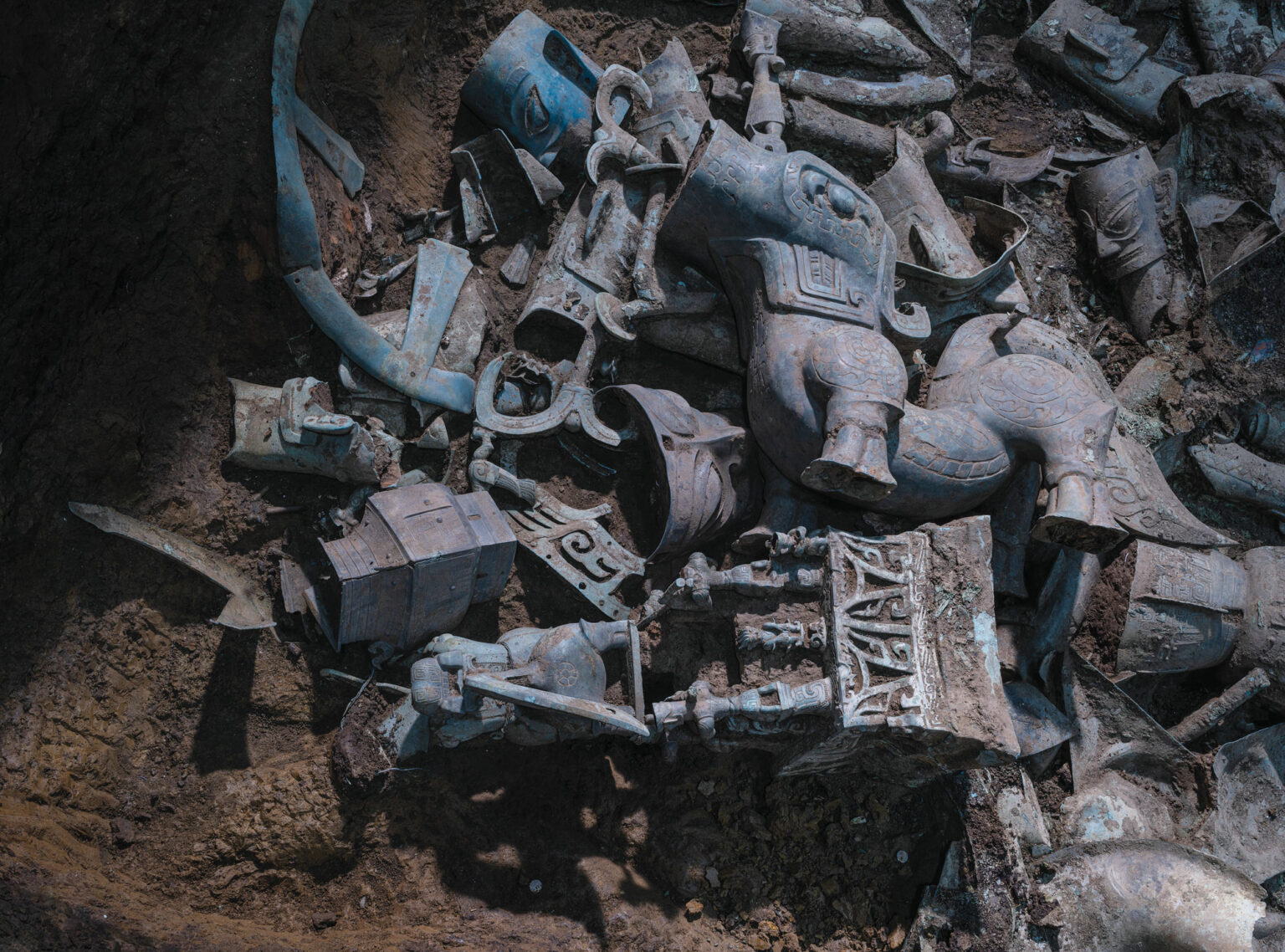
Exquisite bronze artifacts in one of the excavated pits in Sanxingdui - Photo: SISHUAN PROVINCIAL INSTITUTE OF CULTURAL RELICS AND ARCHEOLOGY
Sanxingdui is one of China's archaeological wonders, where the kings of Shu built a glorious capital over the centuries.
Since discovering the site of this ancient city in the 1980s, Chinese archaeologists have stumbled upon a world of treasures that have taken decades of excavation to find.
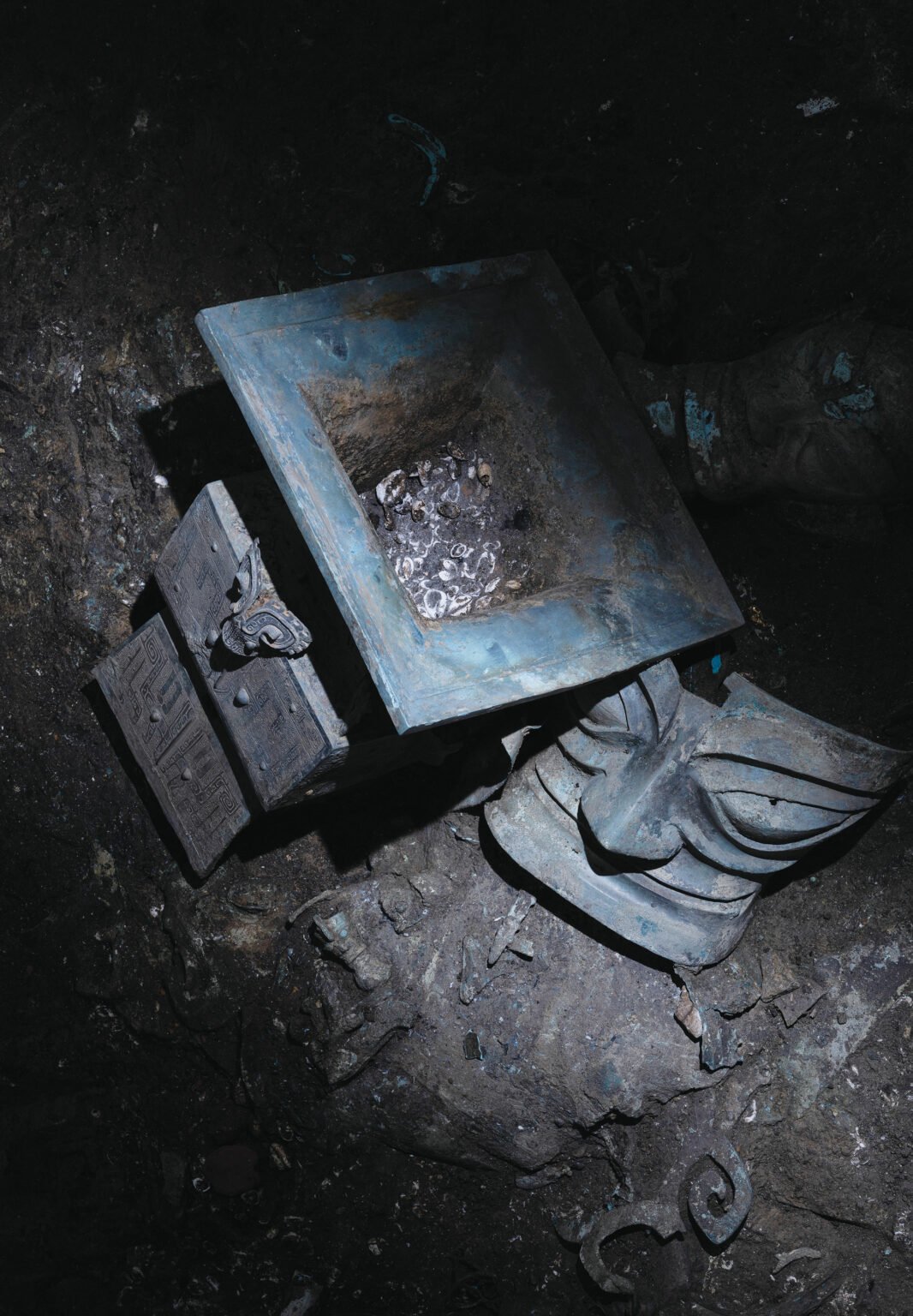

A series of unique artifacts excavated in Sanxingdui - Photo: Photo: SICHUAN PROVINCIAL INSTITUTE OF CULTURAL RELICS AND ARCHEOLOGY
According to Archaeology Magazine, the legend of the ancient Shu capital was realized in 1927, when a man and his son dug a ditch at a site with three mounds near the Yazi River in central Sichuan, 40 km northeast of present-day Chengdu.
They discovered that the mounds, known locally as Sanxingdui, concealed hundreds of jade artifacts, including ritual tablets and scepters.
Professional excavations soon exposed the ancient city's outer walls for the first time, as well as some evidence that led them to believe that this was the legendary capital of Shu.
In the 1980s, workers from a nearby brick factory stumbled upon more jade artifacts and excavations resumed once more, revealing two large rectangular pits containing nearly 1,000 artifacts.
They were bronze statues, ceramic vases, many items of gold and jade, ivory and shells, which appeared to have been burned, broken and buried in the ground intentionally.
Among the artifacts is a bronze mask with large ears, a mysterious smile and bulging eyes reminiscent of one of the legendary kings of the Shu dynasty.
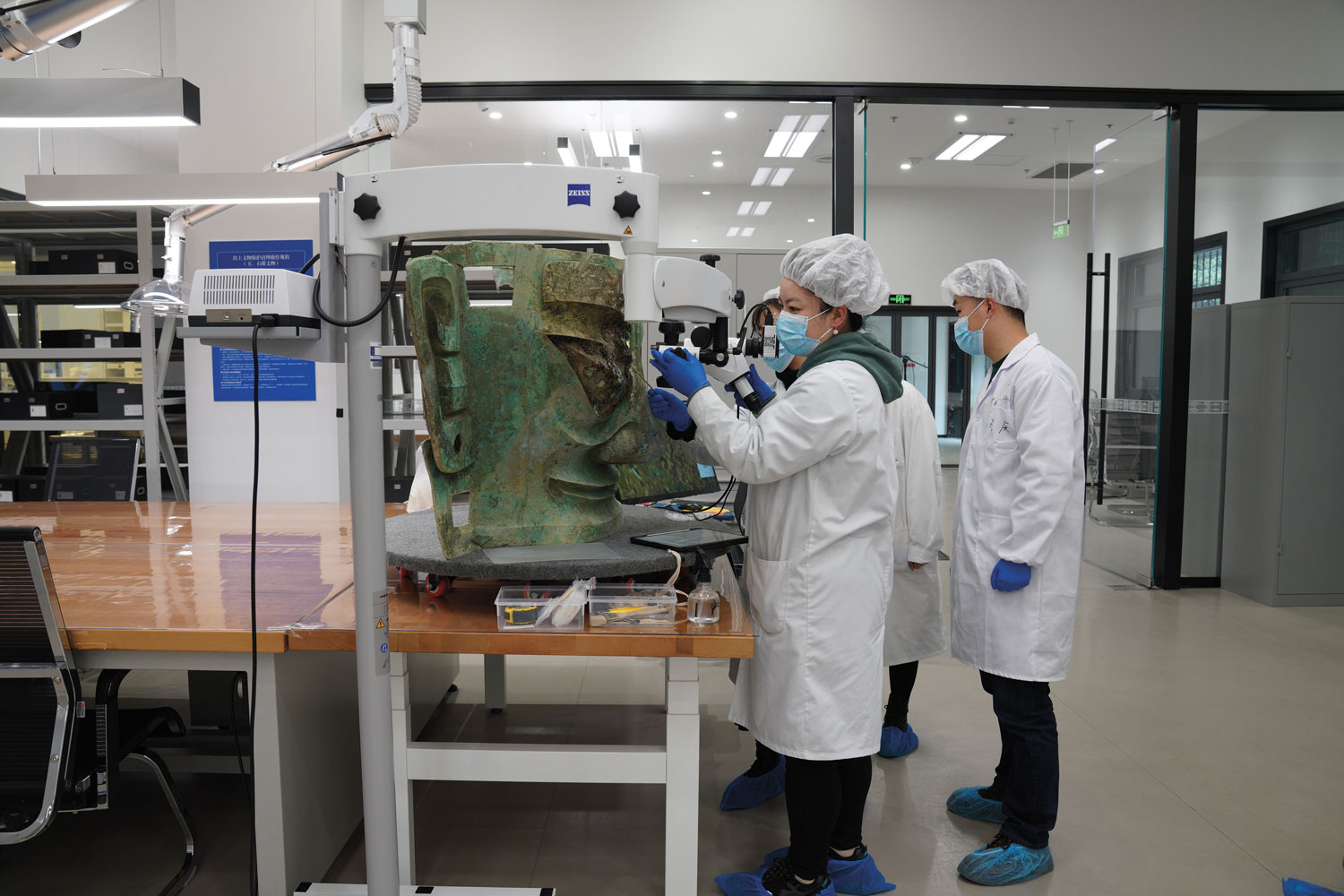
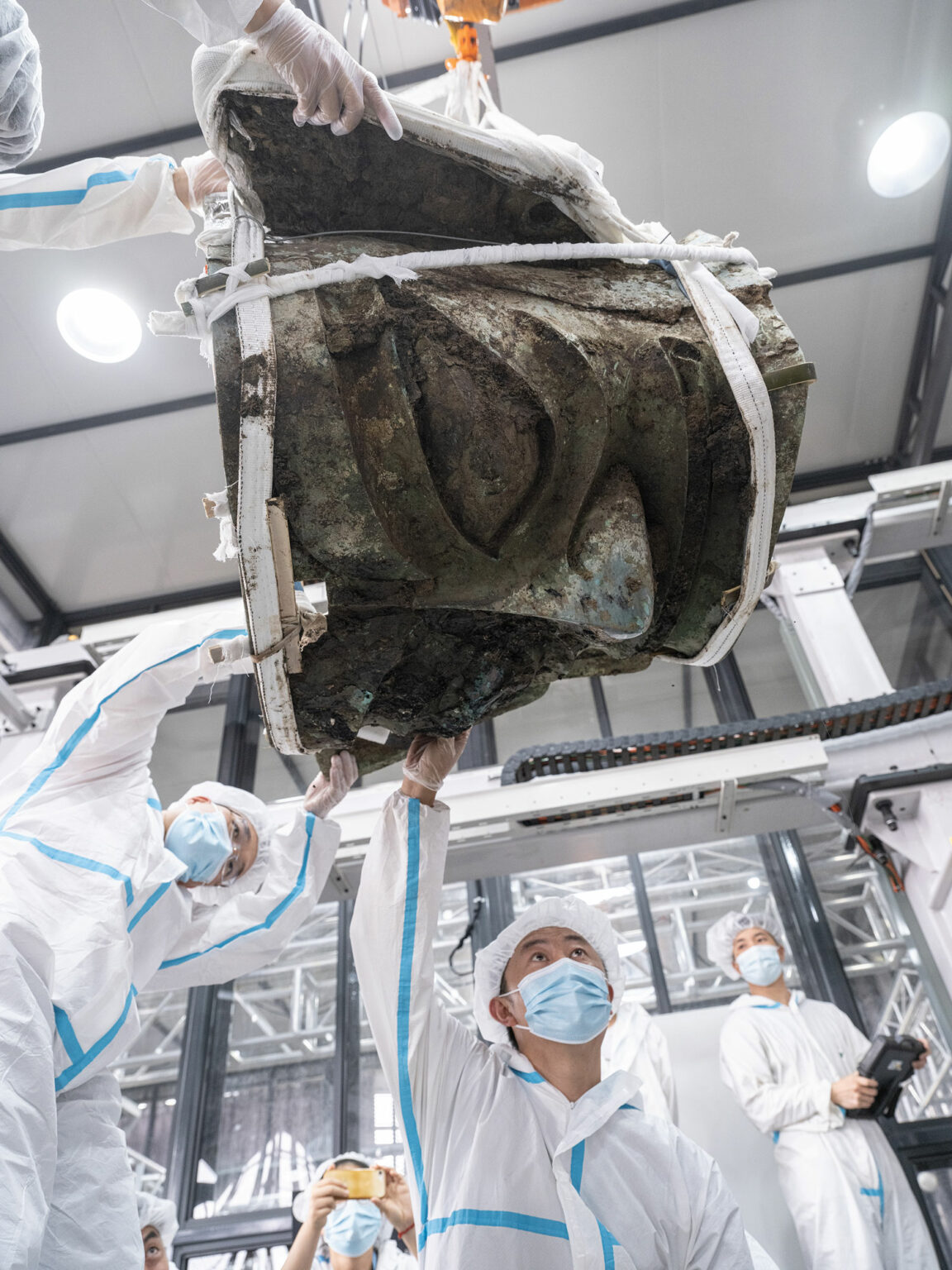
A giant bronze mask believed to be the symbol of a Shu king is being studied in a laboratory - Photo: nPhoto: SICHUAN PROVINCIAL INSTITUTE OF CULTURAL RELICS AND ARCHEOLOGY
In 2019, archaeologists continued to notice a depression in the ground next to Pit 2. They dug around the depression and the rim of a bronze wine jar appeared.
As they continued to dig, another pit filled with bronze, ivory, and jade that looked very similar to the artifacts in Pit 2 was found. Eventually, six new pits similar to Pits 1 and 2 were revealed.
Over the next two years, archaeologist Yu Lei from the Sichuan Provincial Institute of Cultural Relics and Archaeology and his colleagues excavated more than 17,000 artifacts from the new pits, of which about 4,800 were almost intact.
Like previous discoveries, these objects reflect the unique vision of artisans from ancient Sanxingdui.
“We joked with each other that if we hadn't dug these things up ourselves, we would never have believed they were real,” said archaeologist Xiaoge He from Peking University.
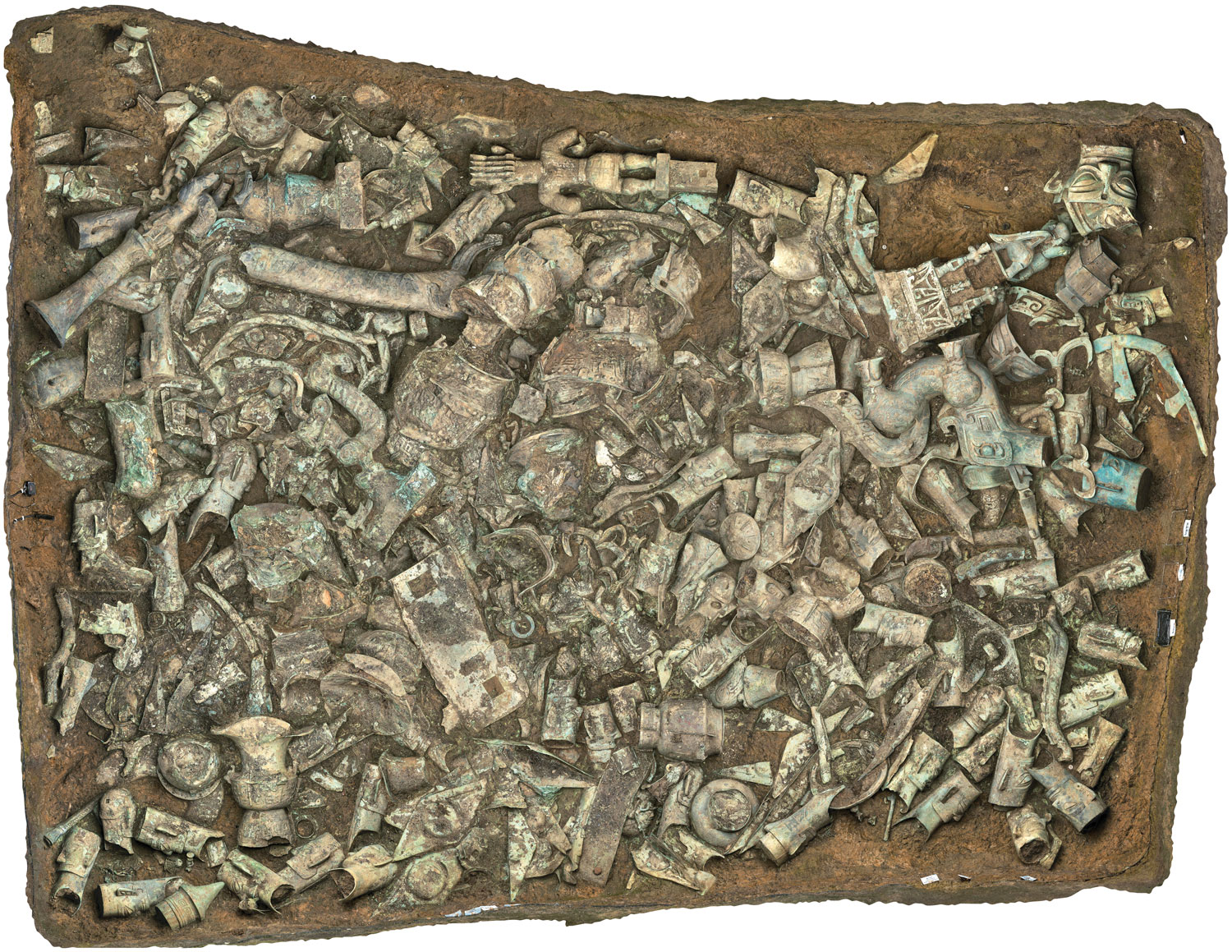
Aerial image of Pit 8 in the Sanxingdui site
One important discovery the team made was that multiple broken artifacts from different pits could be reassembled to form a complete object. As a result, some artifacts were perfectly reconstructed through elaborate assembly steps.
The top priority for researchers now is to find out the meaning of these artifacts as well as the reason they were buried.
More than 100 life-sized bronze heads depicted with bulging eyes and sly smiles may have played a particularly important role.
They all have details that help them fit into larger objects, which according to Jay Xu, director of the Asian Art Museum in San Francisco (USA), depict people of the ruling class in Sanxingdui.
They are divided into two clearly distinguished groups: One group always wears their hair in a bun with a hairpin, the other group - making up three-quarters of the figurines - has long braids or braids that hang down their backs.
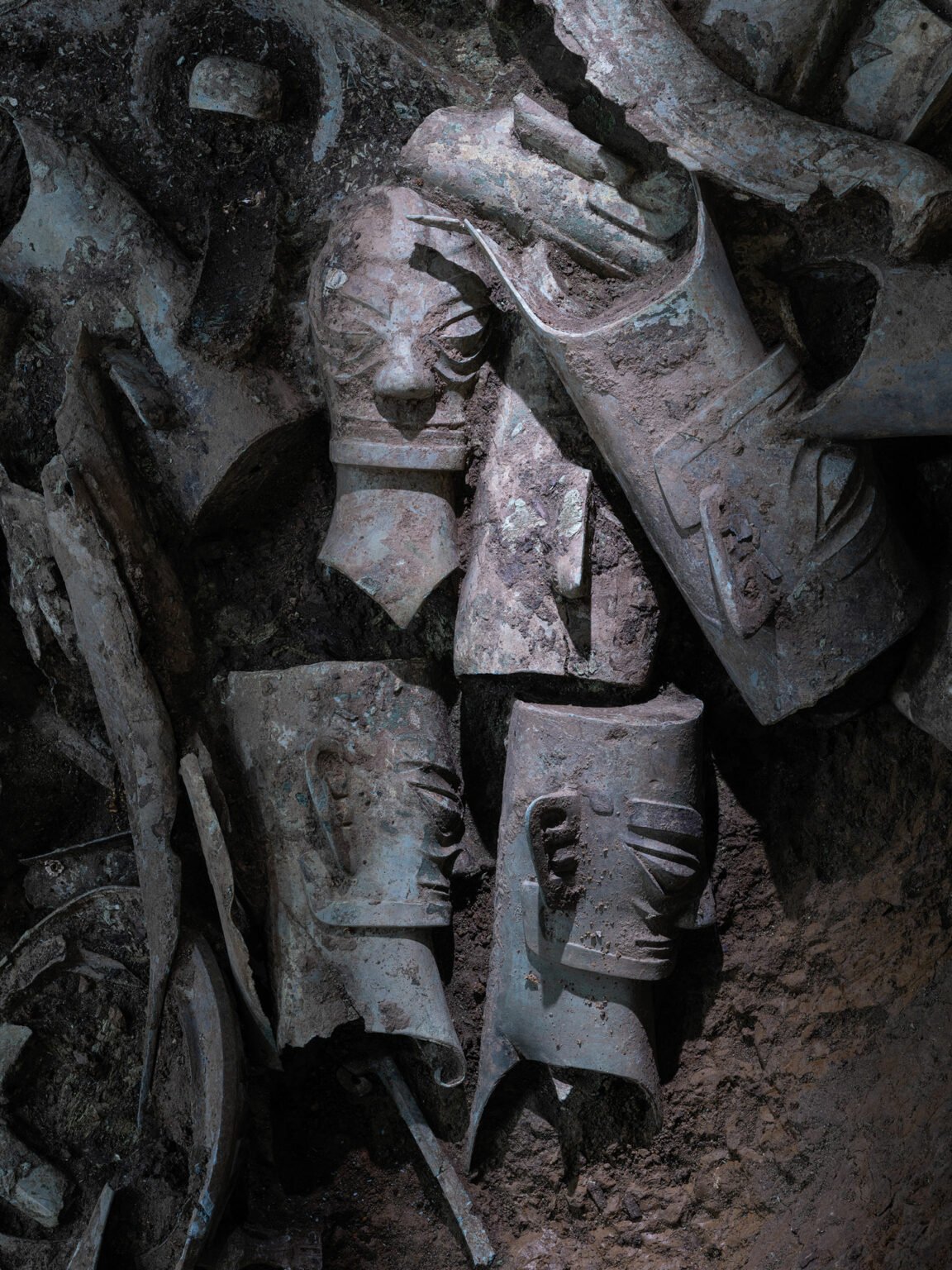
Bronze heads - Photo: Photo: SICHUAN PROVINCIAL INSTITUTE OF CULTURAL RELICS AND ARCHEOLOGY
These two groups may have ruled Sanxingdui together for most of the city's history and were at odds with each other, leading to major conflicts towards the end of Sanxingdui's history.
After the conflict, the glorious Sanxingdui was left in ruins and the victorious group decided to move the capital. The new capital was believed to be another famous site called Jinsha, also in Sichuan.
Shu or Ancient Shu was an ancient state located in what is now Sichuan province of China, with its historical center being the Chengdu Plain.
The Shu state may have had a history of up to 5000 years, flourishing until it was defeated by the Qin dynasty in 316 BC.
Source: https://nld.com.vn/tam-tinh-doi-nhung-phat-hien-choang-vang-tu-kinh-do-co-thuc-196250129093535458.htm


![[Photo] Closing of the 4th Summit of the Partnership for Green Growth and the Global Goals](https://vstatic.vietnam.vn/vietnam/resource/IMAGE/2025/4/17/c0a0df9852c84e58be0a8b939189c85a)
![[Photo] Nhan Dan Newspaper announces the project "Love Vietnam so much"](https://vstatic.vietnam.vn/vietnam/resource/IMAGE/2025/4/17/362f882012d3432783fc92fab1b3e980)

![[Photo] Promoting friendship, solidarity and cooperation between the armies and people of the two countries](https://vstatic.vietnam.vn/vietnam/resource/IMAGE/2025/4/17/0c4d087864f14092aed77252590b6bae)
![[Photo] General Secretary To Lam receives French Ambassador to Vietnam Olivier Brochet](https://vstatic.vietnam.vn/vietnam/resource/IMAGE/2025/4/17/49224f0f12e84b66a73b17eb251f7278)
![[Photo] National Assembly Chairman Tran Thanh Man meets with outstanding workers in the oil and gas industry](https://vstatic.vietnam.vn/vietnam/resource/IMAGE/2025/4/17/1d0de4026b75434ab34279624db7ee4a)
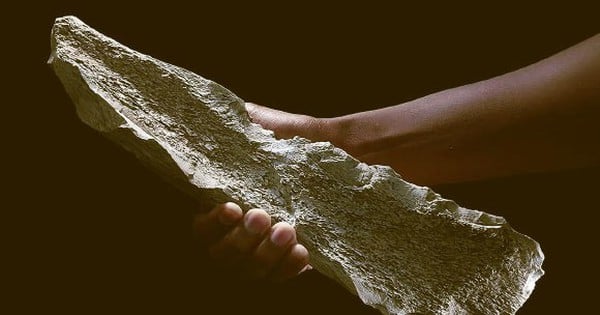


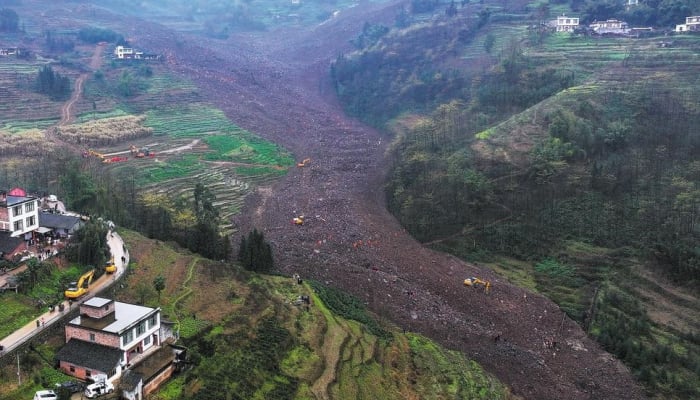

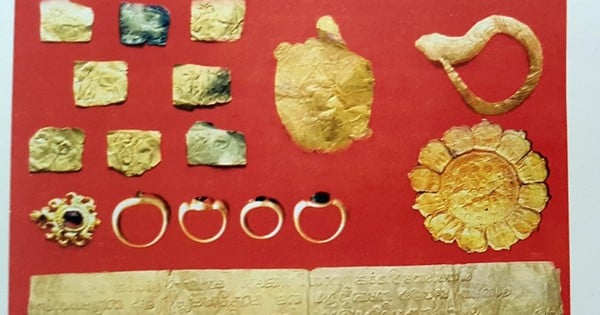

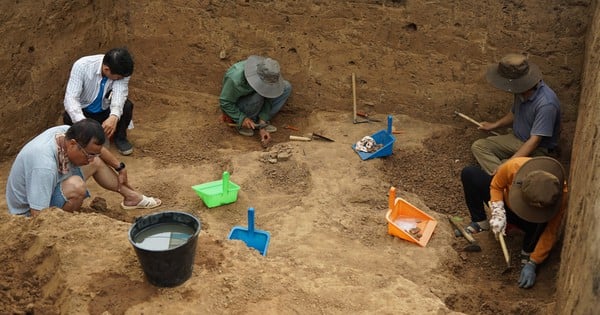
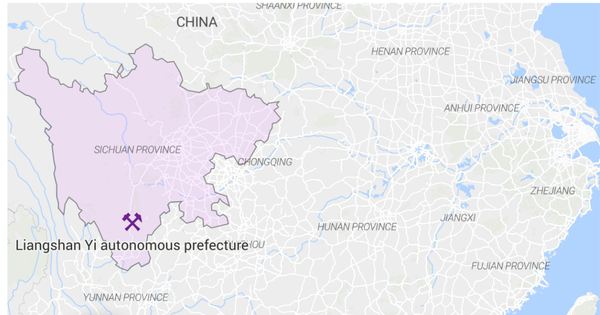
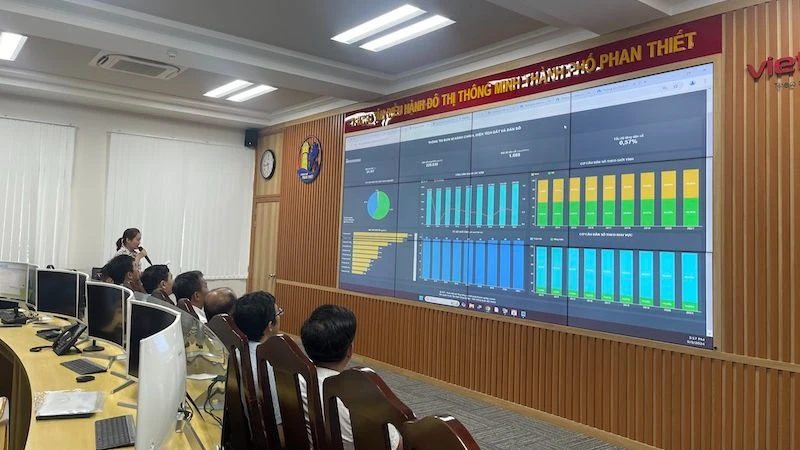




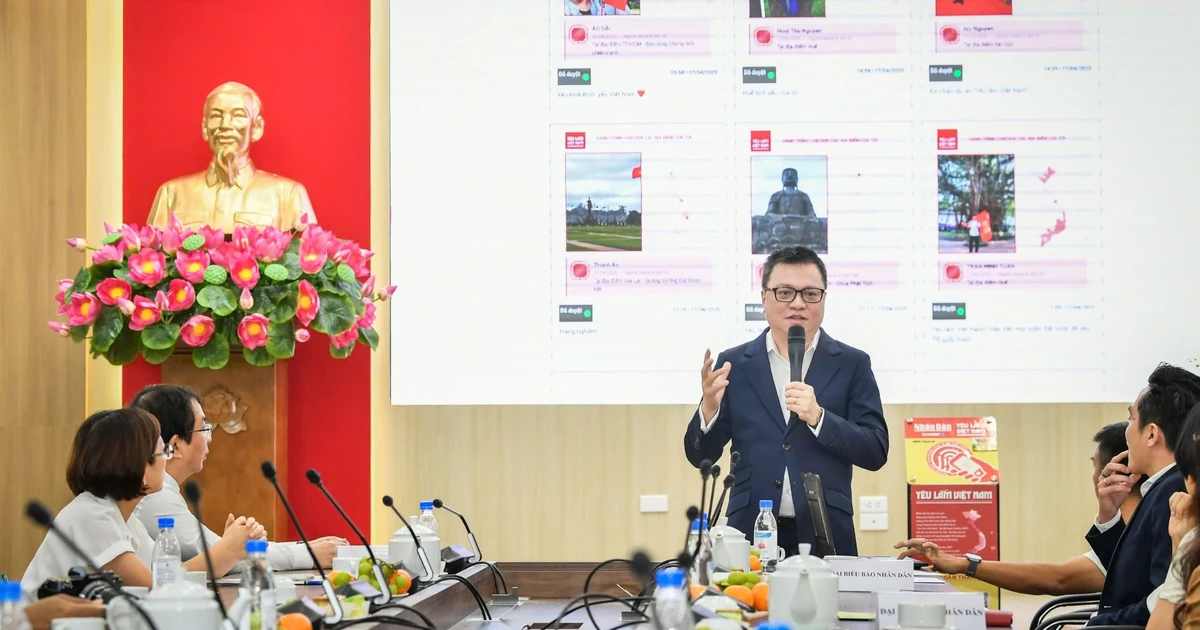




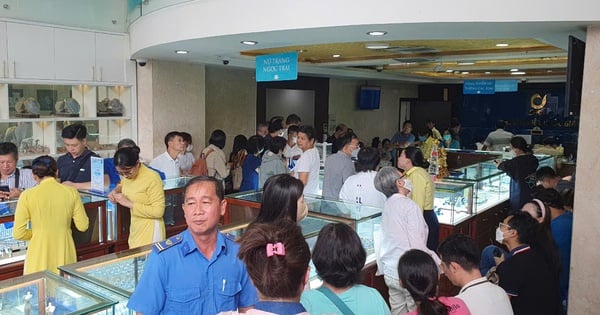
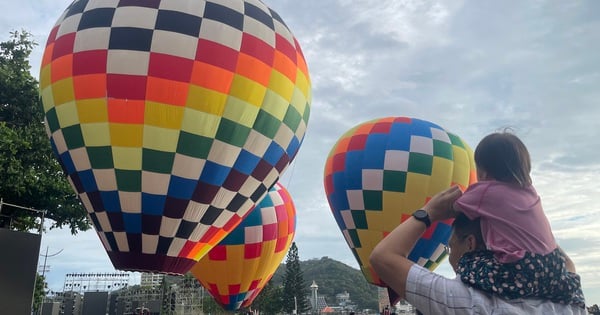

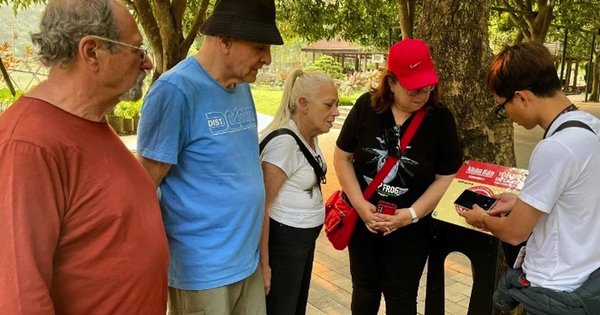


![[Photo] Welcoming ceremony for Chinese Defense Minister and delegation for friendship exchange](https://vstatic.vietnam.vn/vietnam/resource/IMAGE/2025/4/17/fadd533046594e5cacbb28de4c4d5655)















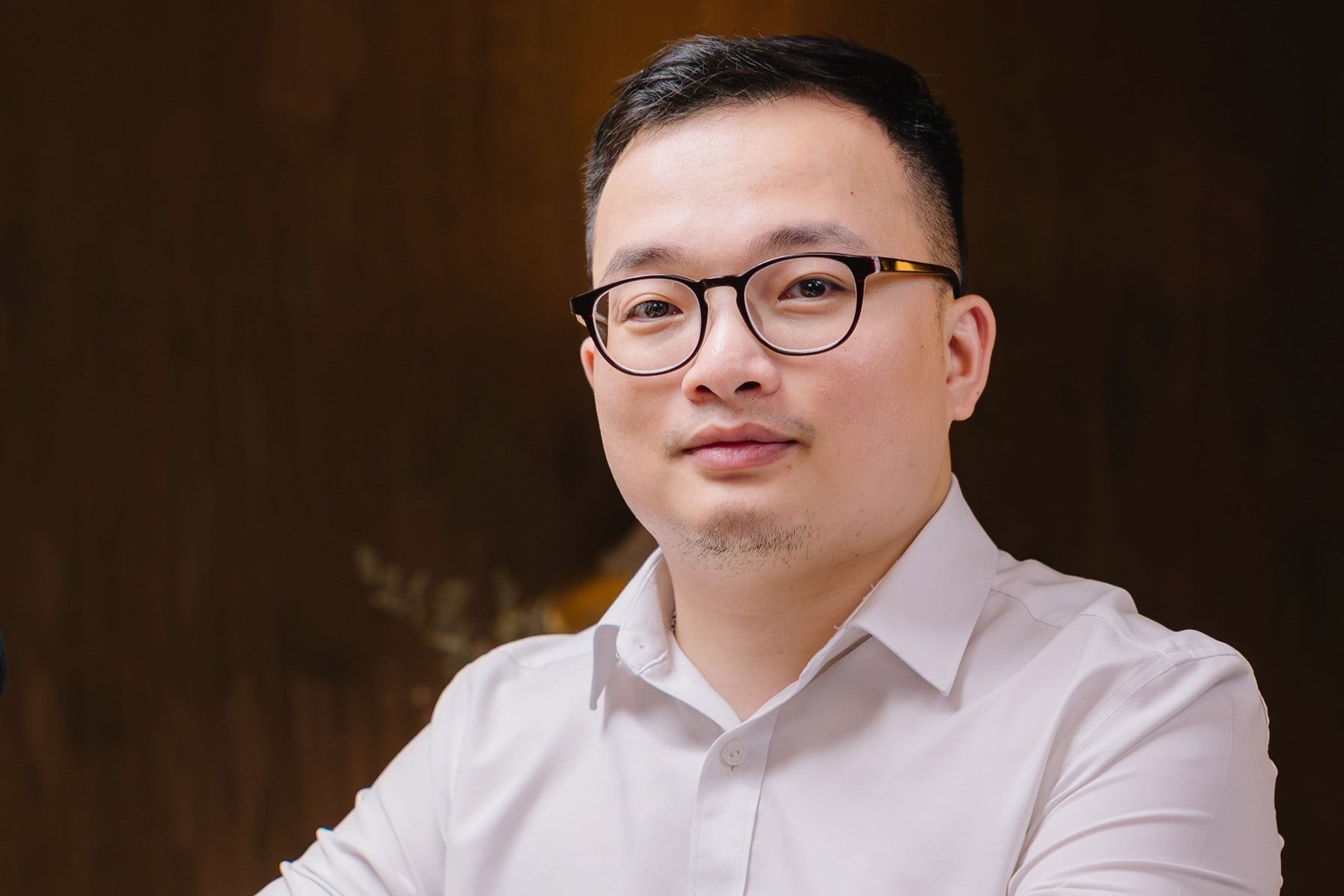



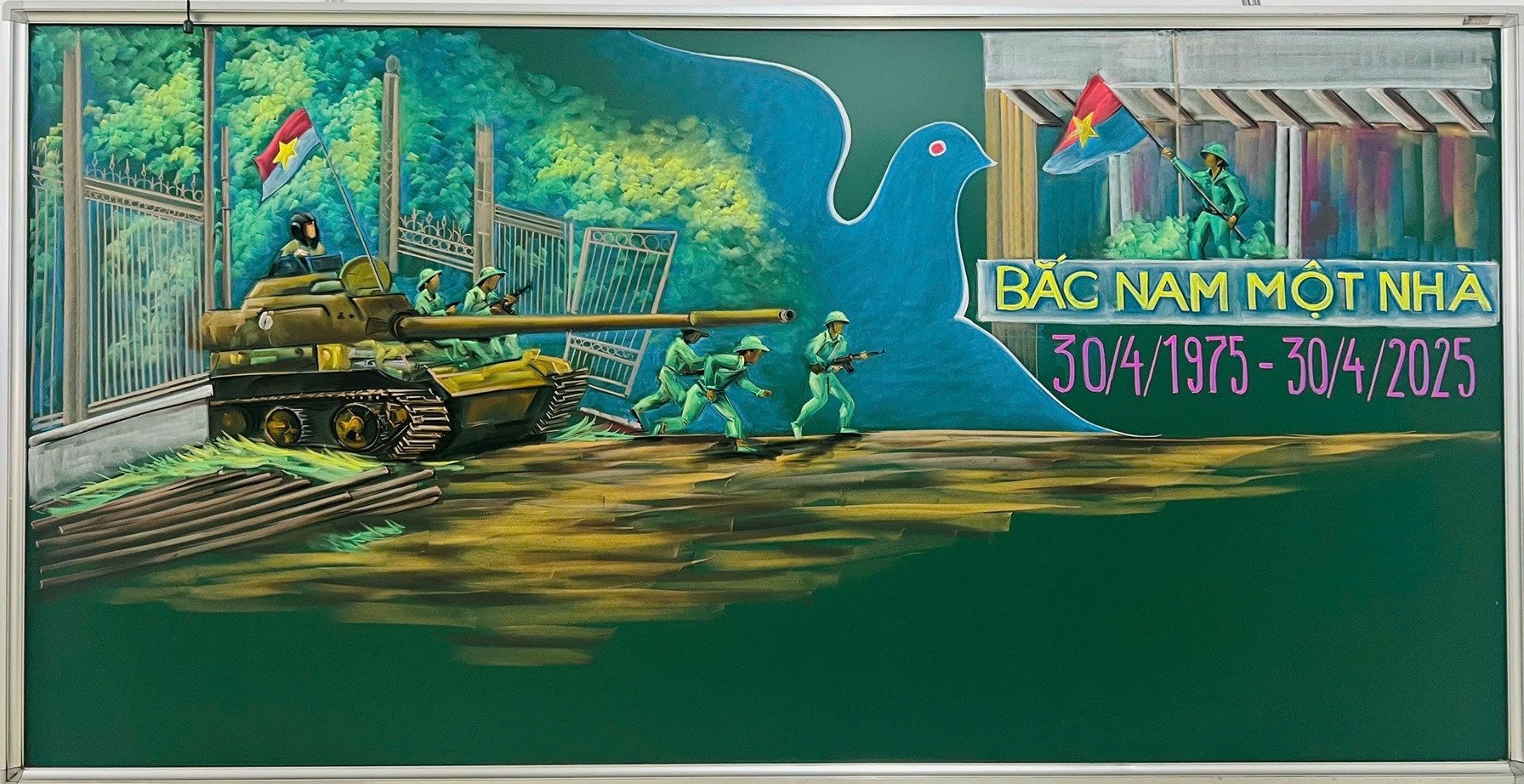
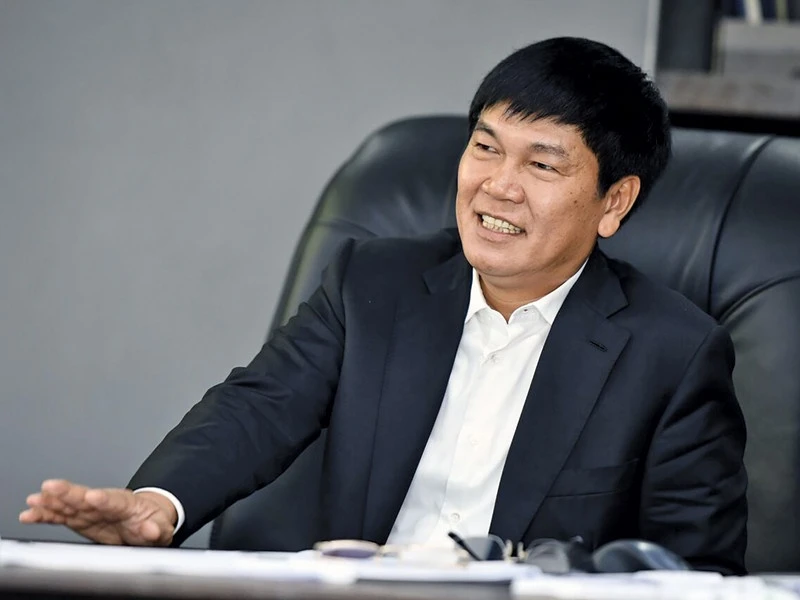

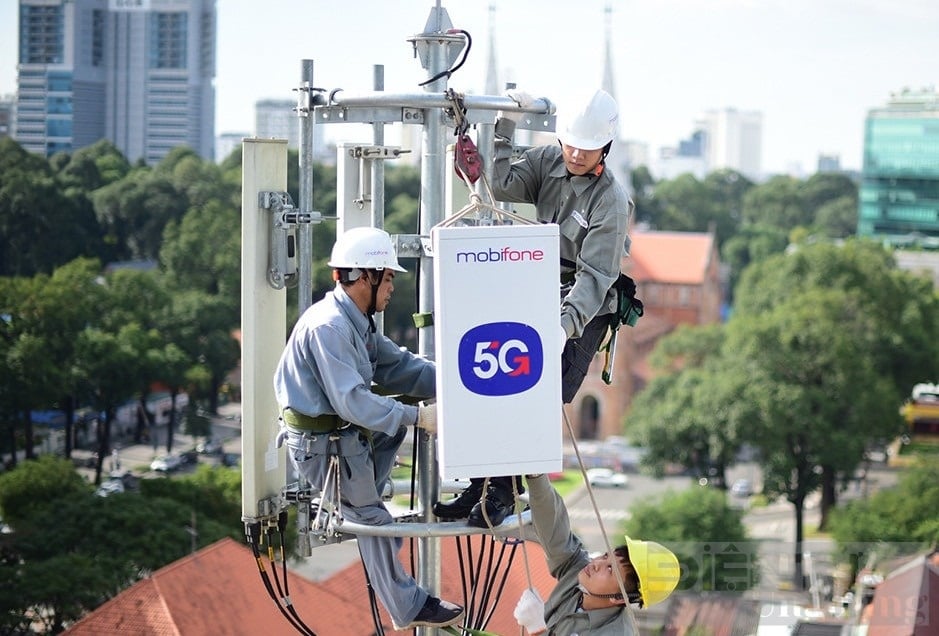

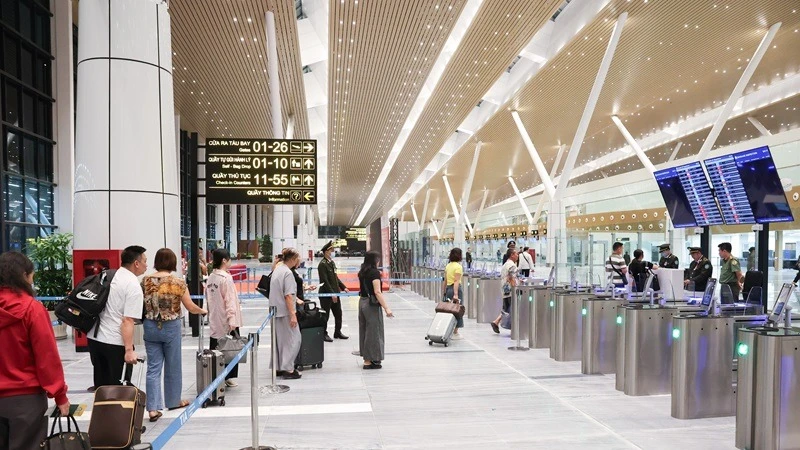



![[Video] Viettel officially puts into operation the largest submarine optical cable line in Vietnam](https://vstatic.vietnam.vn/vietnam/resource/IMAGE/2025/4/17/f19008c6010c4a538cc422cb791ca0a1)
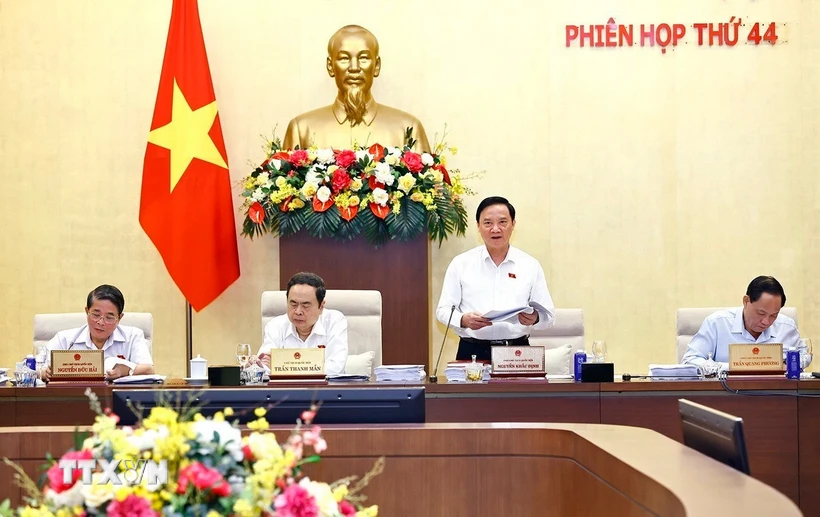
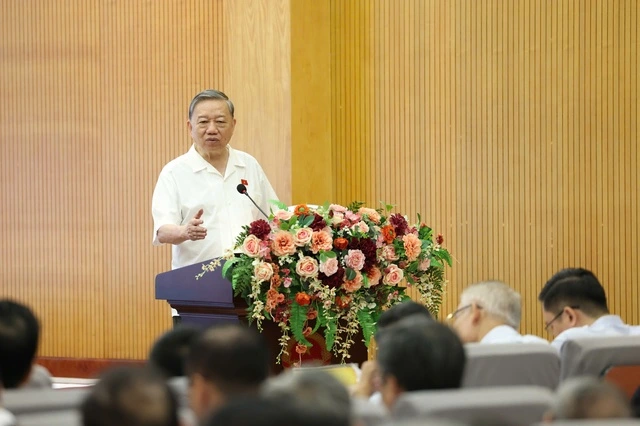
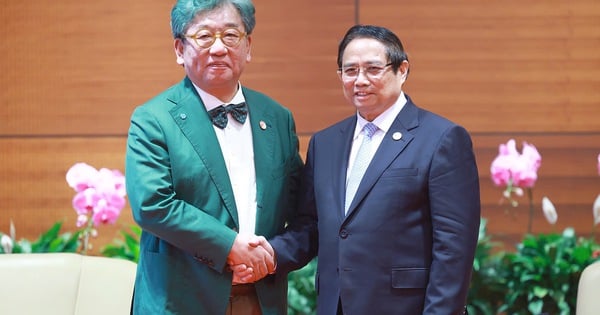

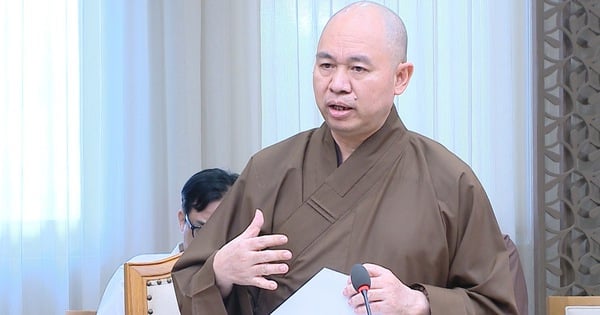
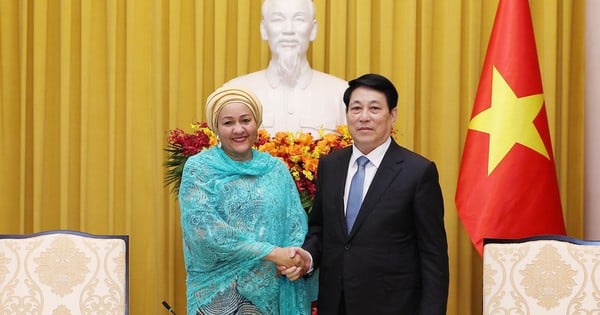
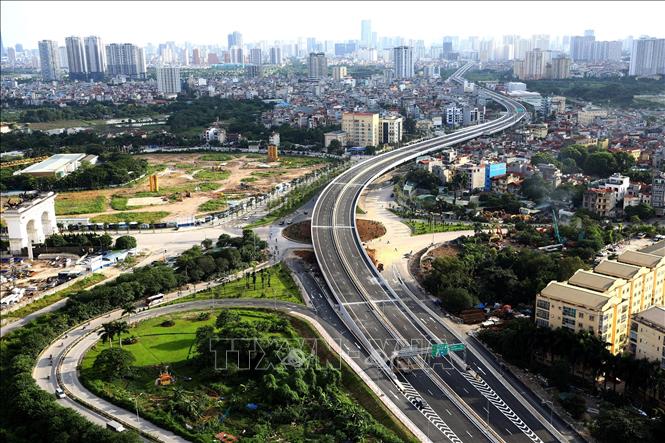



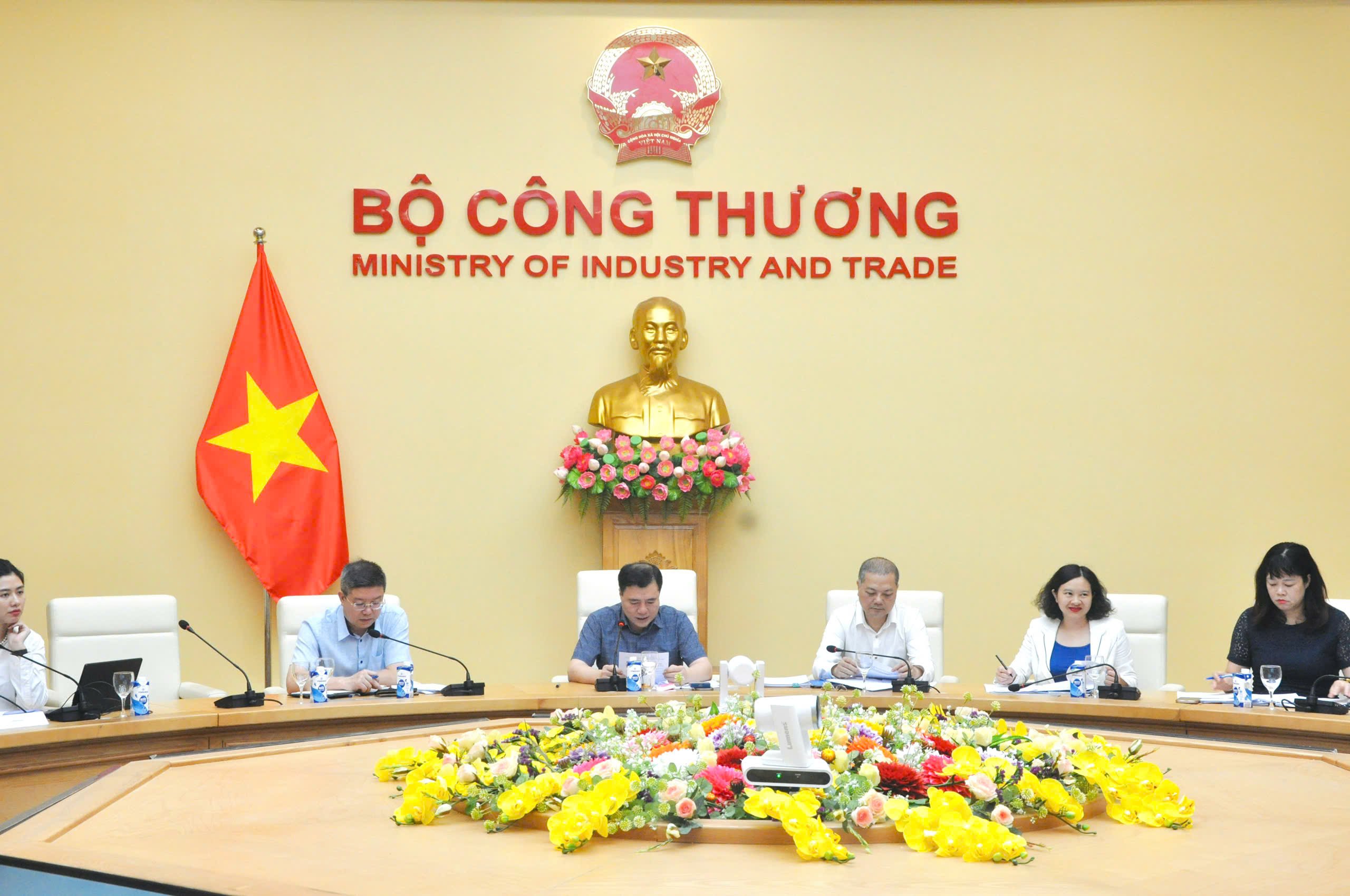





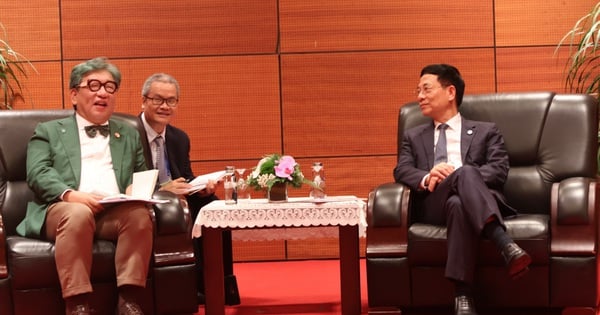
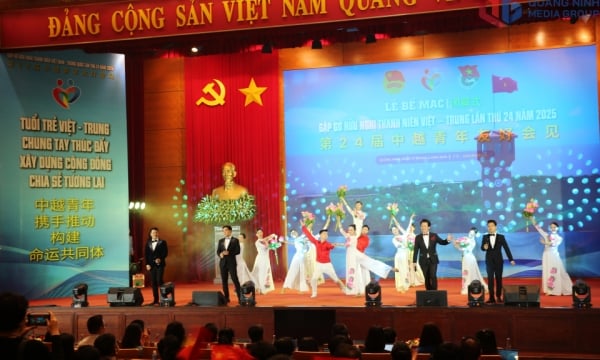

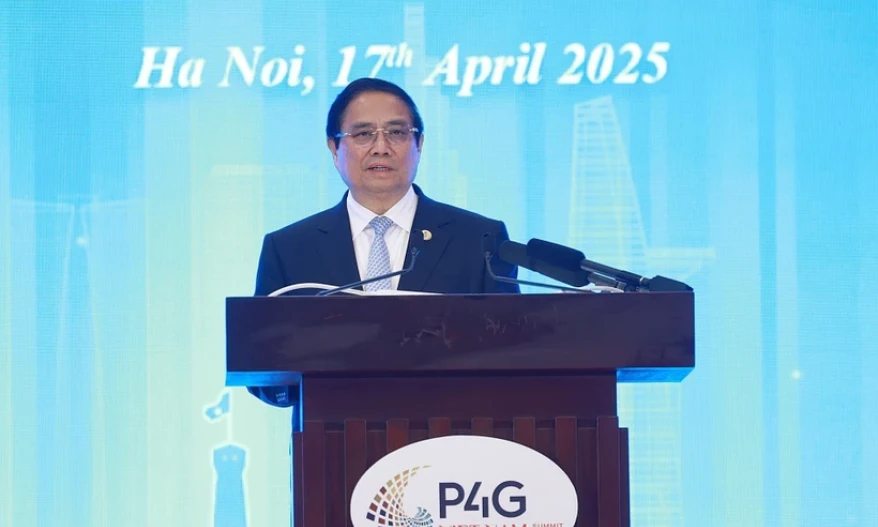









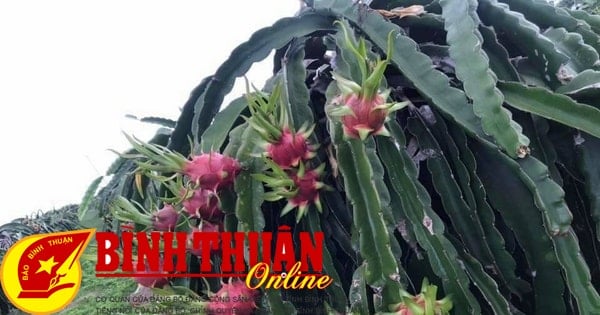

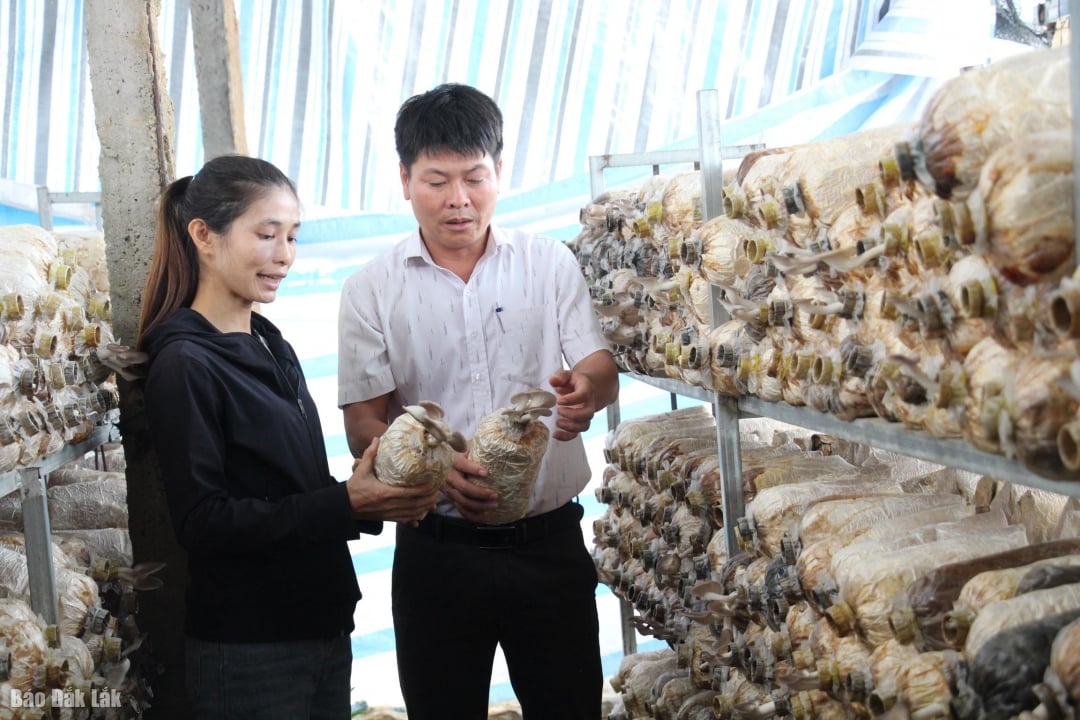

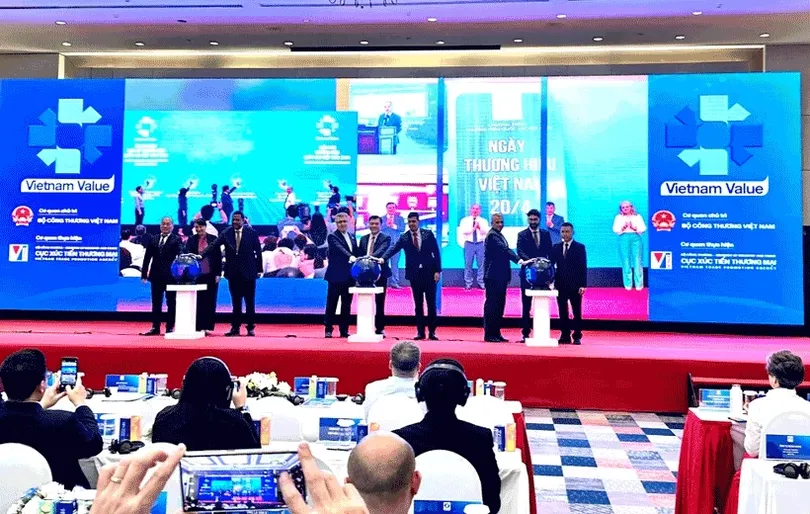




Comment (0)